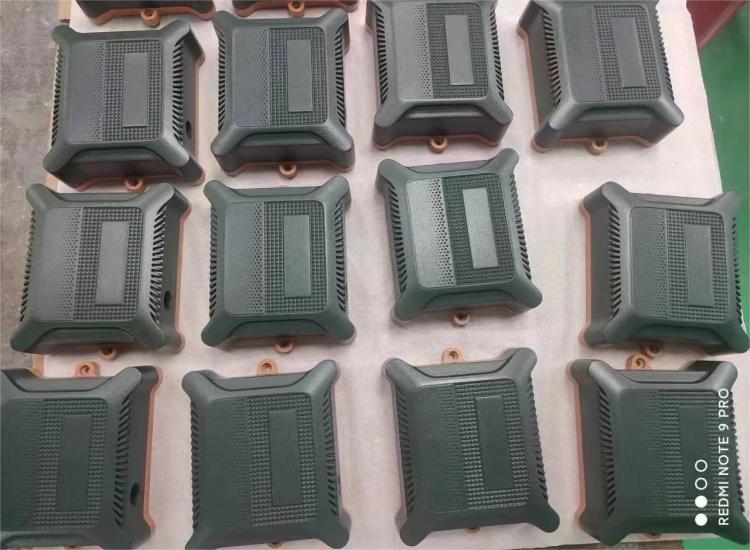Beauty instrument shell
Vacuum casting is a suitable manufacturing process for producing beauty instrument shells due to its ability to create high-quality, detailed parts with relatively low tooling costs and fast turnaround times. Here's how vacuum casting can be used to manufacture beauty instrument shells:

1. Master Pattern Creation: The process begins with the creation of a master pattern of the beauty instrument shell. This master pattern can be made using various techniques such as CNC machining or 3D printing. The master pattern should accurately represent the final design of the beauty instrument shell, including all details and surface finishes.
2. Silicone Mold Making: A silicone mold is created by encasing the master pattern in liquid silicone rubber and allowing it to cure. Once cured, the silicone mold is cut open to remove the master pattern, leaving behind a cavity that matches the shape of the beauty instrument shell.
3. Vacuum Casting: The silicone mold is then placed in a vacuum chamber, and liquid resin is poured into the mold cavity. The vacuum chamber is sealed, and the air is evacuated, creating a vacuum inside the mold. This vacuum helps to remove any air bubbles from the resin and ensures that it fills the mold completely and evenly.
4. Curing: After the resin has been poured into the mold cavity, it is allowed to cure or harden. The curing process can take several hours or days depending on the type of resin used and the desired properties of the final part.
5. Demolding: Once the resin has fully cured, the silicone mold is removed from the vacuum chamber, and the cured beauty instrument shell is removed from the mold cavity. Any excess material or flash around the edges of the part may be trimmed or removed as needed.
6. Finishing: The cast beauty instrument shells may undergo additional finishing processes such as sanding, polishing, or painting to achieve the desired surface finish and appearance.
Vacuum casting is an ideal manufacturing process for producing small to medium-sized batches of beauty instrument shells with complex geometries and fine details. It offers advantages such as high accuracy, excellent surface finish, and the ability to replicate intricate features of the master pattern. Additionally, vacuum casting allows for the use of a wide range of materials, including various types of resins and elastomers, to meet specific performance and aesthetic requirements.












